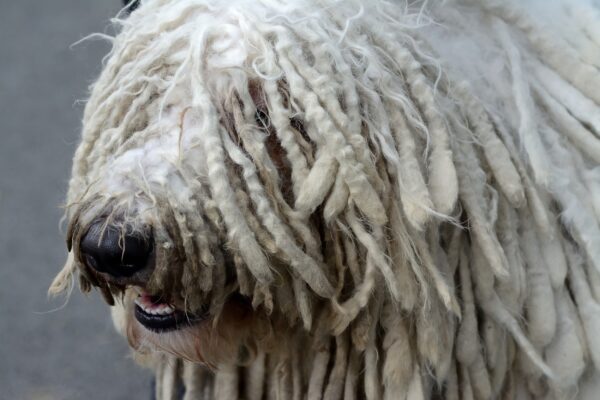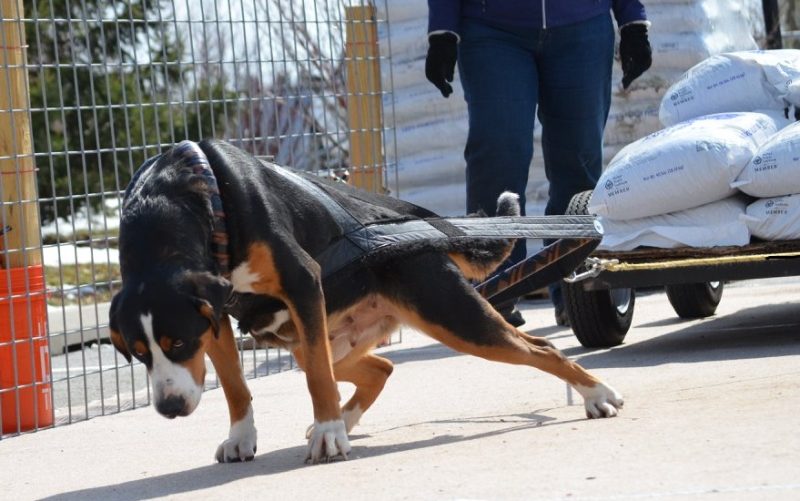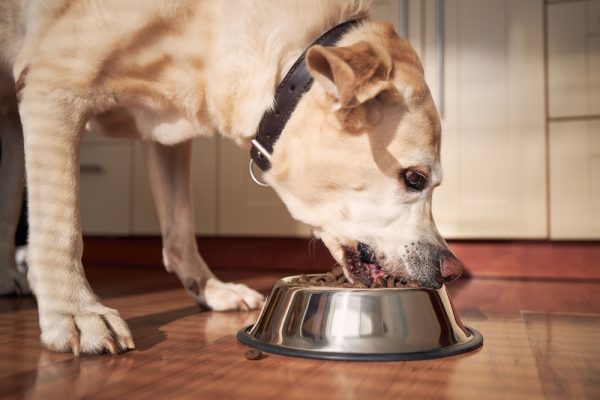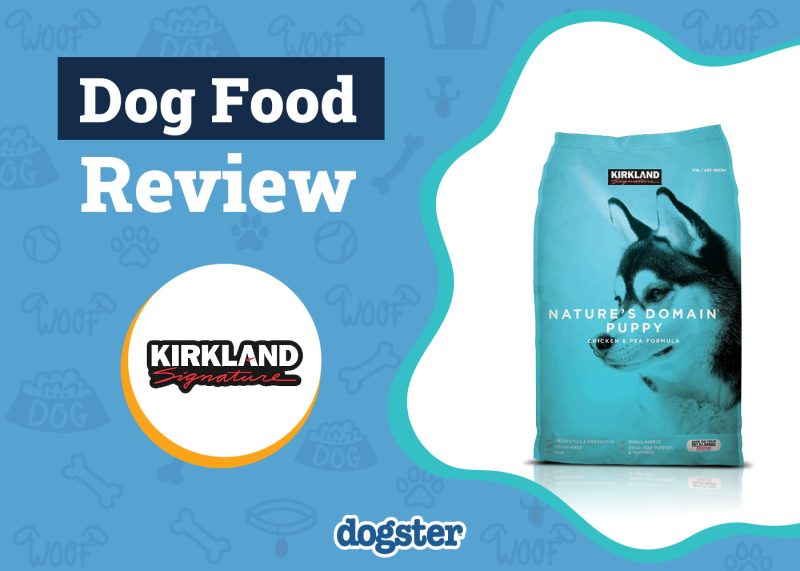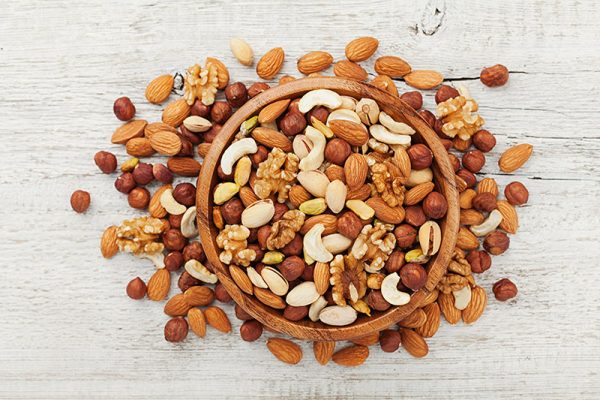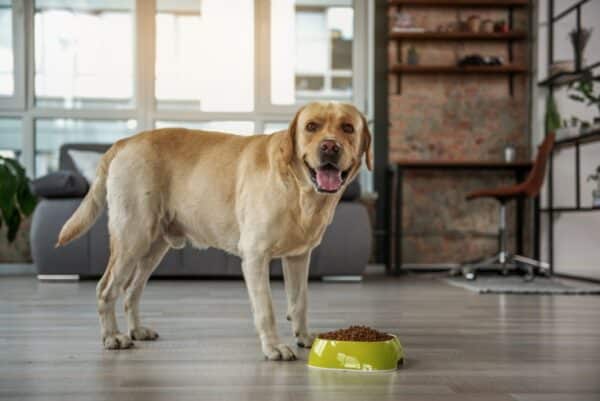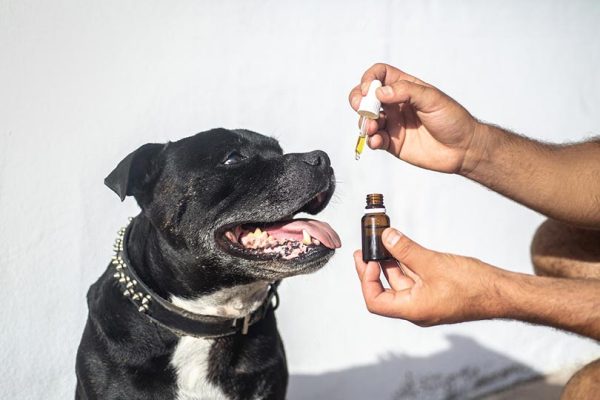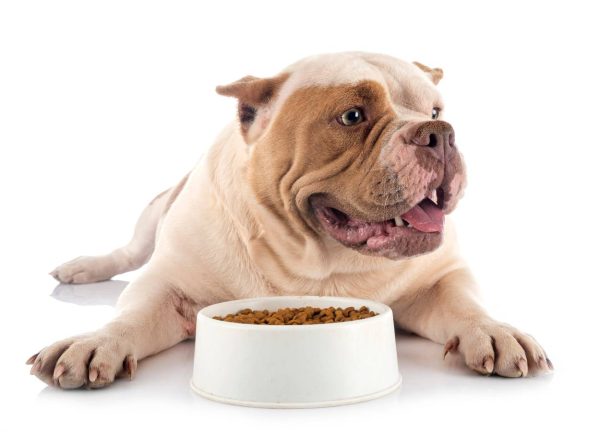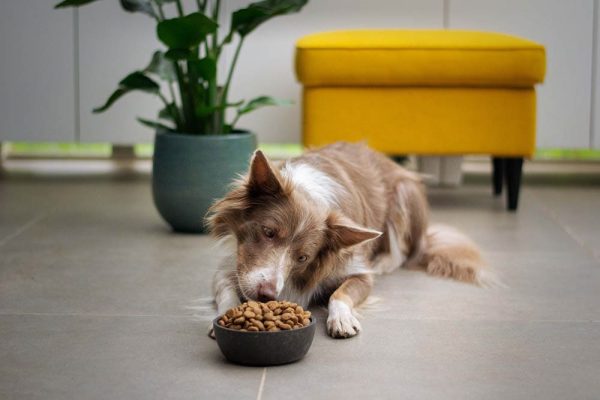The internet has taken to calling seals “sea puppers” or “sea doggos,” evoking the similar appearance and behavior of seals, but the real question is: Why do they appear so similar in the first place? Dogs and seals are both assigned to the biological classification Caniformia. This includes dogs, foxes, bears, wolves, raccoons, mustelids, and seals.
 Biological Classification: What Is Taxonomy and How Do We Use It?
Biological Classification: What Is Taxonomy and How Do We Use It?
Taxonomy is the broad, scientific study of classification. Scientists in the taxonomy field piece together information to create comprehensive and rigorous classification systems that we can use in daily life and science. Taxonomists may classify flora, fauna, electric devices, and other tools.
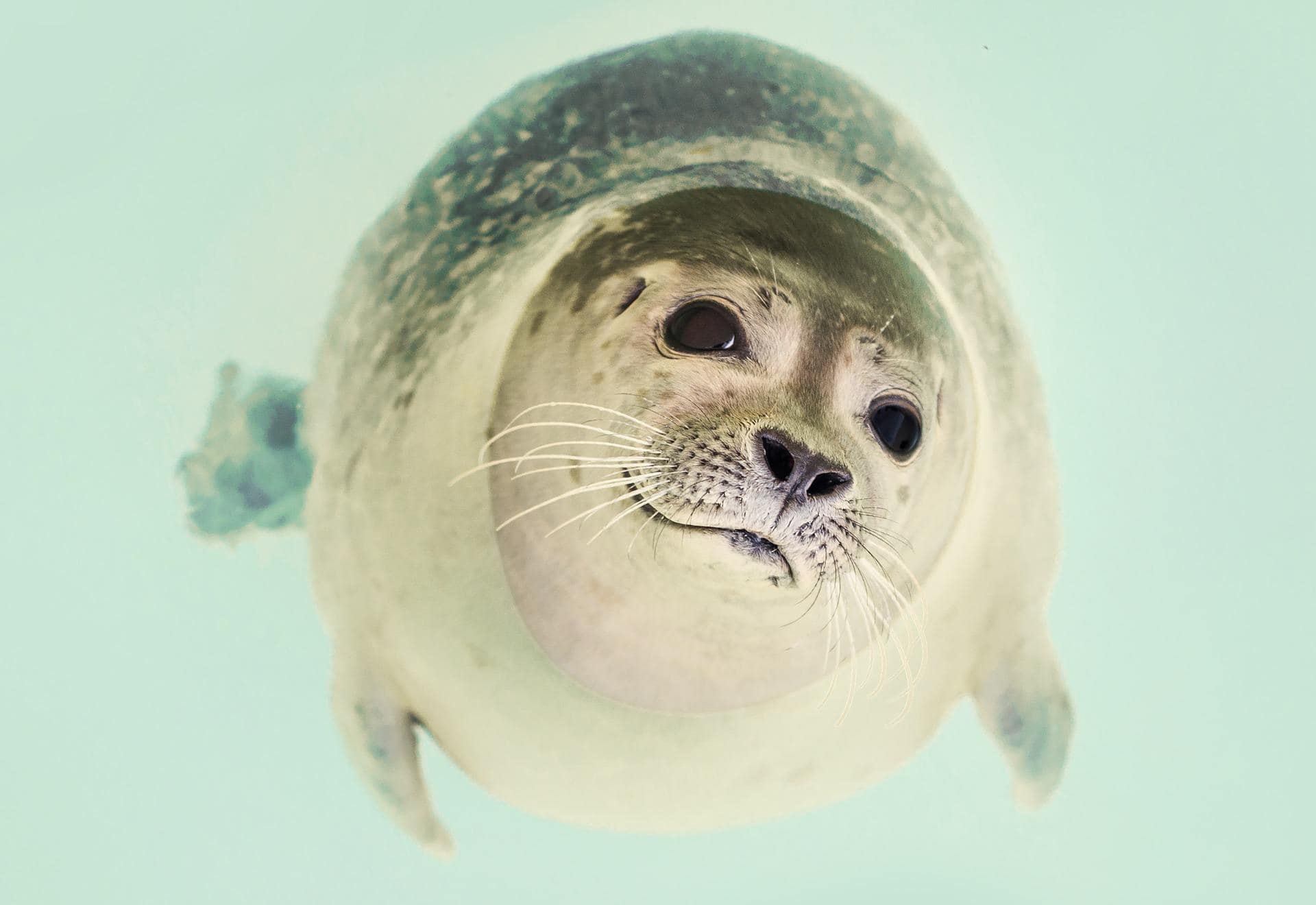
Why Is Taxonomy Important?
Humans constantly try to classify their items; it’s second nature! On a personal level, taxonomy may be used to separate your silverware in the drawer or organize your spice rack. While these are unlikely to yield any groundbreaking scientific research, they’re an essential part of how you interact with the world around you.
What Is Biological Classification?
One facet of taxonomy is the biological classification system. This system was developed for use in biological taxonomy, studying the relationships between various plants and animals. The classification of life helps us better understand the nearly 2 million described species inhabiting our planet and will help us understand any new species we come across.
The biological classification was first documented by Swedish biologist Carl Linnaeus, also known as Carl von Linné, in 1753. Linnaeus proposed that science adopt a universal standard for naming and classifying animals, and the rest is history since we still use his classification system today!
Biological Classification Made Easy and Where Seals and Dogs Fall
Linnaean biological classification is still used today because there’s no reason to fix something that isn’t broken. It works like nesting boxes, with the most prominent “box” being all life on Earth. Linnaean classification further breaks the hierarchy down until we get to the individual species at the bottom, the smallest “box.”
As we go down the list, seals and dogs will appear in the same classifications until we reach a certain point where animals start to split off into unique, individual types. This is why they occur and act very similarly.
- Domain: Domains are the largest classifications of life on Earth and a relatively new one introduced widely in only 1977. Domain determines where your DNA is stored. While the location of your DNA might sound like a unique category, there are only two main locations we recognize: inside the nucleus of the cell or not. There are three domains: Bacteria, Archaea, and Eukarya. Organisms in the Bacteria and Archaea domains are single-celled organisms that do not carry DNA in the nucleus of their cells. Eukarya contains all the organisms whose DNA is housed in the nucleus of their cells. Both seals and dogs are in the domain Eukarya, so their DNA is stored in the nucleus of most of their cells.
- Kingdom: Kingdom used to differentiate whether an animal makes its food or eats other things. While the classification system is meant to be universal, this classification level has some conflict behind it. The original classification systems we used for living things had four kingdoms. In the modern day, the United States and Canada now use a system with six kingdoms, but the United Kingdom uses a system with five kingdoms. As a result of these numerous conflicts, there is no clear scientific consensus on whether kingdom should continue to be included and whether countries need to standardize their scientific classification systems to use the same ones. Both seals and dogs are in the kingdom Animalia, meaning they eat other things to provide their bodies with energy.
- Phylum: Phylum is the taxonomic rank of life below kingdom and above class. There are two ways to determine the phylum of an animal: either through DNA ancestry or body plan. Phylum is the taxonomic rank of life below kingdom and above class. All animals in a specific phylum share a common ancestor somewhere in their heritage. Both seals and dogs are in the phylum Chordata. Chordates are determined to have a hollow dorsal nerve cord, notochord, pharyngeal slits, endostyle or thyroid, and/or post-anal tail.
- Class: Class is the rank between phylum and order. There’s no exact definition for each animal, but there is a general understanding of class and the animals’ relationships with each other. Class is determined by the complexity of the organ systems and the layout of the organs. Both seals and dogs are in the class Mammalia, along with humans. Mammals are animals that breathe air through lungs, are born from their mother’s womb and not from an egg, are nursed with milk produced by their mother’s mammary glands, and have hair or fur.
- Order: There are no hard and fast rules when describing an order, and any taxonomist can describe a new one given they have sufficient evidence to group the animals. The genuine hurdle is getting people to accept and recognize the order you’ve described; some taxa are almost universally accepted and recognized, while others receive only rare recognition from scientists. Both seals and dogs are in the order Carnivora, referring to animals eating other animals. The order Carnivora has two suborders that further divide the group, Caniformia and Feliformia. Caniformia is home to both seals and dogs.
- Family: This is where seals and dogs split off. The biological family to which a species belongs is much narrower and more complex to define than the previous orders. Nevertheless, families of animals will have similar traits that make them stand out as a group amongst the members of their order. Here is where seals and dogs split apart. Seals are part of the family Pinnipedia, which is made up of carnivorous, fin-footed mammals such as walruses, sea lions, and seals. Dogs are part of the family Canidae, including our more recognizable Caniforms like dogs, coyotes, wolves, and foxes.
- Genus: Like families, Genera are designed at the whim of the individual scientist so long as they have sufficient evidence to argue a relationship. However, they must fulfill the following three criteria to be considered valid:
- Monophyly: All members of a genus should be able to be genetically proven to be related through ancestral DNA.
- Reasonable compactness: A genus should be concise and not needlessly expansive.
- Distinctness: DNA sequences must be proven to be a consequence of evolution, not a condition of it. In layman’s terms, DNA sequences must show that evolution was occurring as a result of the conditions that they lived in rather than a necessary condition to stimulate evolution. The genus is the first part of a binomial scientific name. i.e., Phoca vitulina (Harbor Seals)
- Species: This is the last and most specific classification. These are individual animals and differences. This is the second part of the binomial scientific name. i.e., Phoca vitulina
 Final Thoughts
Final Thoughts
While the idea that seals and dogs might be related could be a head-scratcher for some people, it’s pretty easy to see that these two animals have a common ancestor way back in their lineages. In addition, seals and dogs often have similar dispositions, and their snouts can look identical if you look really fast. So, they are related, but not closely. Thus, it makes sense that they look and act similarly.
See also:
- What Is Choline Chloride in Dog Food? Is It Healthy?
- Are Foxes Related to Dogs? What the Science Tells Us (Vet-Reviewed Facts)
Featured Image Credit: Pixabay

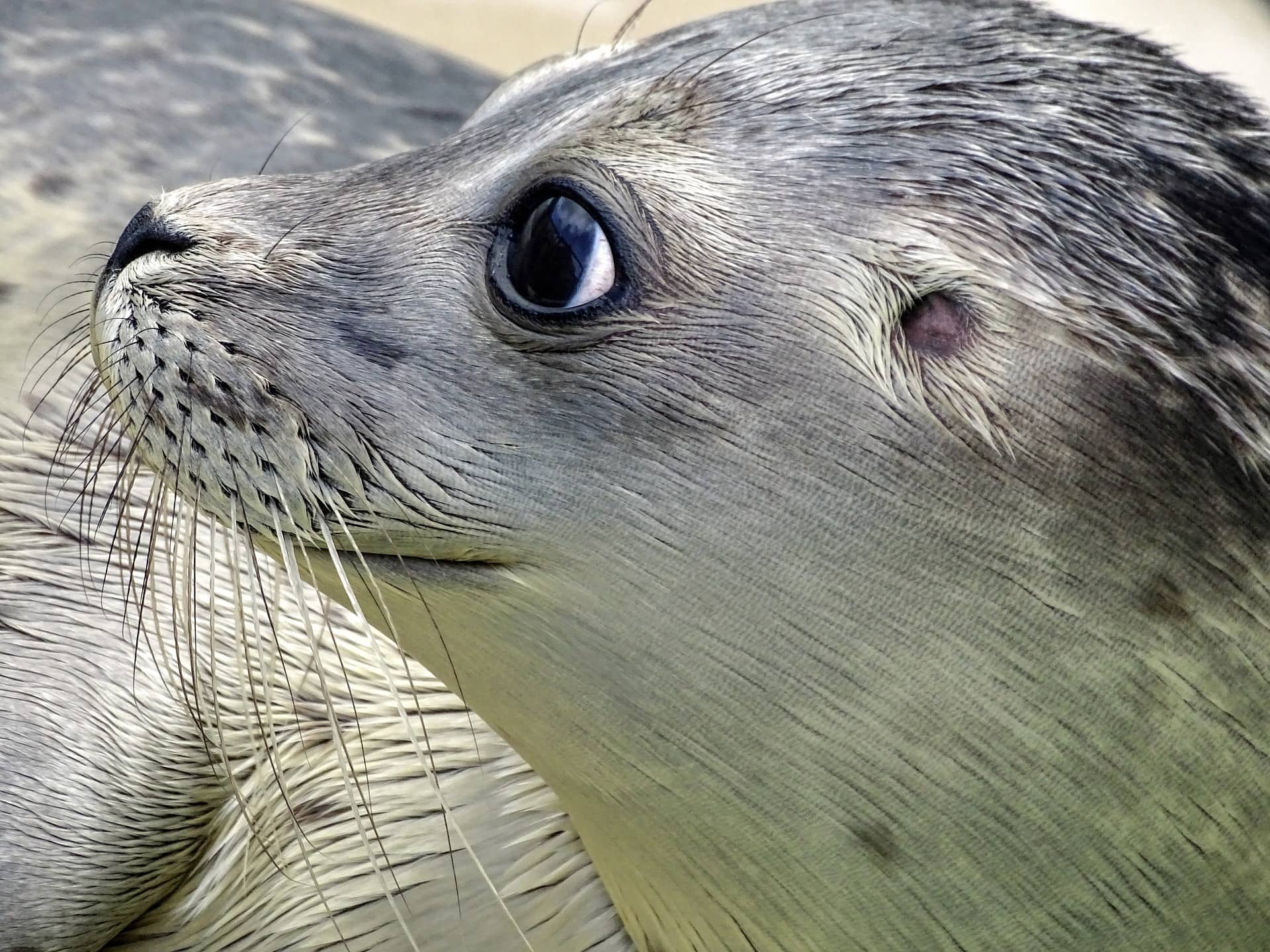
 Biological Classification: What Is Taxonomy and How Do We Use It?
Biological Classification: What Is Taxonomy and How Do We Use It?


